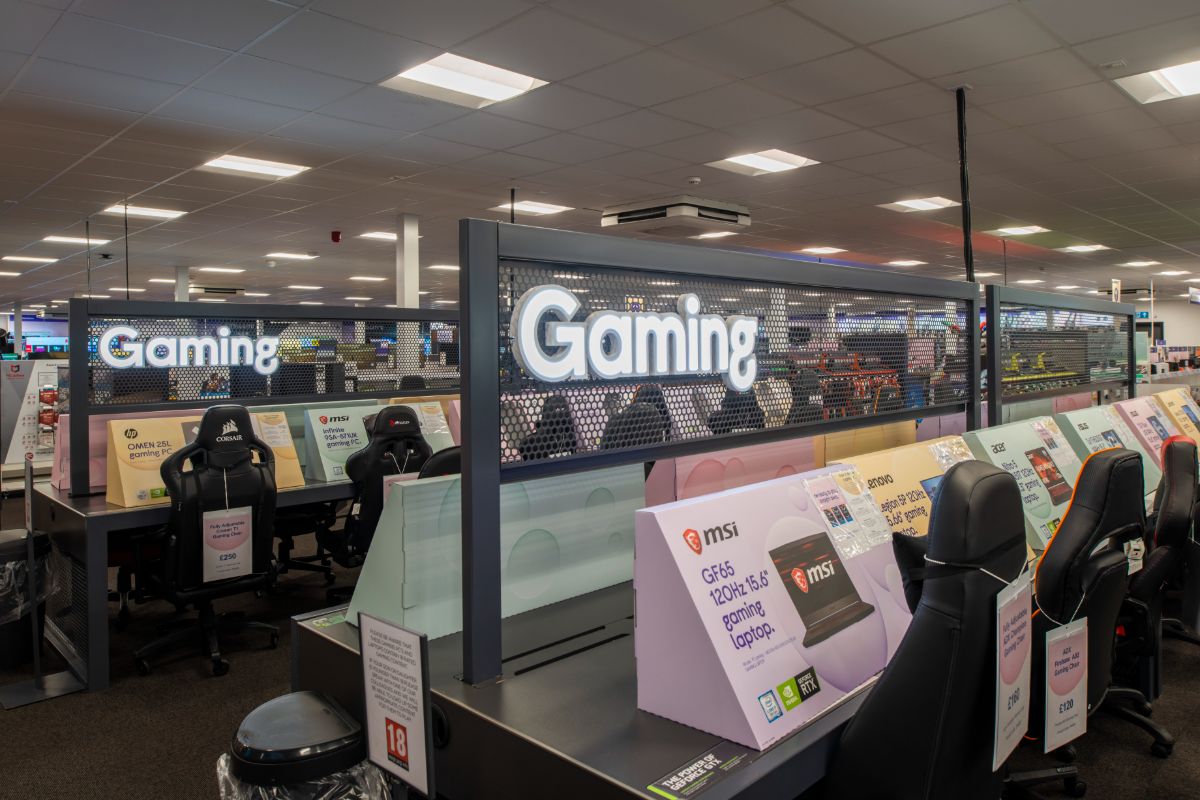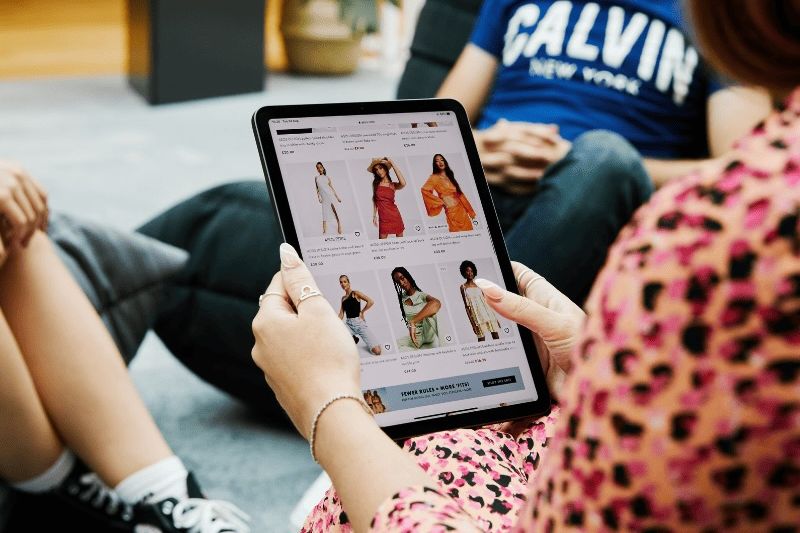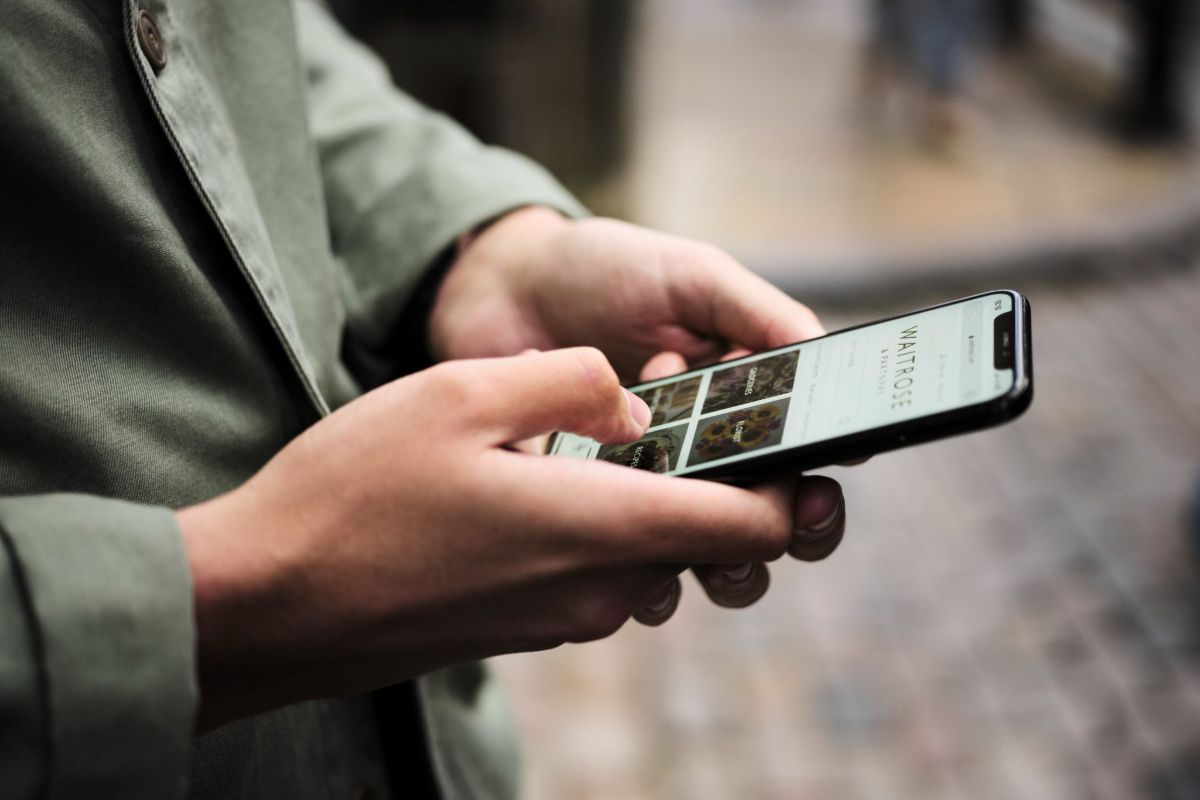I do love a new year: fresh start – sorely needed after the horrors of 2016 – and the chance to make a ton of predictions as to what is going to be hot this year in retail technology. This week we have a raft of insight from a range of experts as to how the world is going to change for the industry in the next 12 months, not least in terms of payments, customer engagement, mobile and convenience.
And very interesting reading it makes too. But what really stands out for me is how very different the predicitons for this coming year are to previous years. 2016 and 2015 were very much about omni-channel and the ongoing need to persuade the retail industry that mobile was going to start to dominate. Not so with 2017.
It seems that following a very mobile Christmas – which started with Black Friday being quite mobile-centric and continues even now into the January sales – the message about mobile seems to have been heard.
But that masks quite how shopping has changed in the turbulent 2016 just gone. Of course mobile has become a key part of how people shop, but it has developed as a whole of the growth of online shopping with customers not necessarily being drawn to mobile per se, but rather just grabbing a device and doing what they want to do.
What we see in 2017 is much more of a focus on how to use peripheral technologies to make using mobile – and online and to some extent in store – easier and more engaging.
Chat bots, artificial intelligence (AI), virtual reality (VR), messaging, social media and even SMS are all going to play a significant role this year as businesses become more chatty.
This is going to be one of the stand out trends of 2017.Research by Miappi at the end of last year showed how consumers are looking to interact more with brands, while research before Christmas shows that 53% of people in the UK and France who use mobile messaging apps such as Facebook Messenger and WhatsApp have interacted with a company via mobile messaging, or are open to doing so as long as they can block brands they are not interested in according to Kenshoo.
But this masks more subtle things that are going on with interaction with consumers – it is not just high tech solutions such as chat bots and AI (even though these are going to be increasingly used to make interaction rapid and effective), simple things still count.
Amazon.com is a perfect example. Although this e-commerce giant’s website may feature a messy interface with outdated design values, the company’s reliable shipping policy, one-click ordering system, and personalised recommendations based on transaction history and browser behaviour, puts it miles ahead of its competition in key functional areas.
What 2017 will bring will be the combination of these ‘old’ ways of interacting – reviews, stars, email marketing and so on – along with new ways to leverage messaging and social – often using automation to make it more streamlined – to start to create a personal relationship with consumers.
Mobile, naturally, will be one at the centre of this as it is the primary personal messaging device for most people. The retailers that can work out how to ‘talk’ to consumers using all these channels and devices will be the ones that succeed.
What is interesting is that, five years ago mobile and online levelled the playing field for smaller retailers against the big boys. That advantage has been eroded over the years. This puts that playing field back into play: once again it is about leveraging technology cleverly and with agility, rather than how deep ones pockets are, that will put brands out in front.








